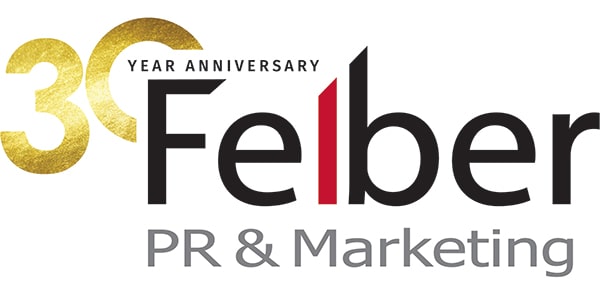Creating Competitive Advantages in Manufacturing– Learn and Network
Register now: http://t.co/WhtSdOpbiz This group is geared to manufacturing decision makers. What will you do to improve business in 2014? Join our discussion of thought-provoking strategic and tactical business concepts that can be further researched and implemented to improve your business in 2014. Networking will be a vital component of each event with ample time before […]
